Inside the Mamba Mentality

The following is excerpted from THE MAMBA MENTALITY: How I Play by Kobe Bryant, Introduction by Phil Jackson, Photographs by Andrew D. Bernstein. Published by MCD / Farrar, Straus and Giroux. Text copyright ©2018 by Kobe, Inc. Photographs copyright ©2018 Andrew D. Bernstein, NBAE via Getty Images. All rights reserved.
Photographs by Andrew D. Bernstein.
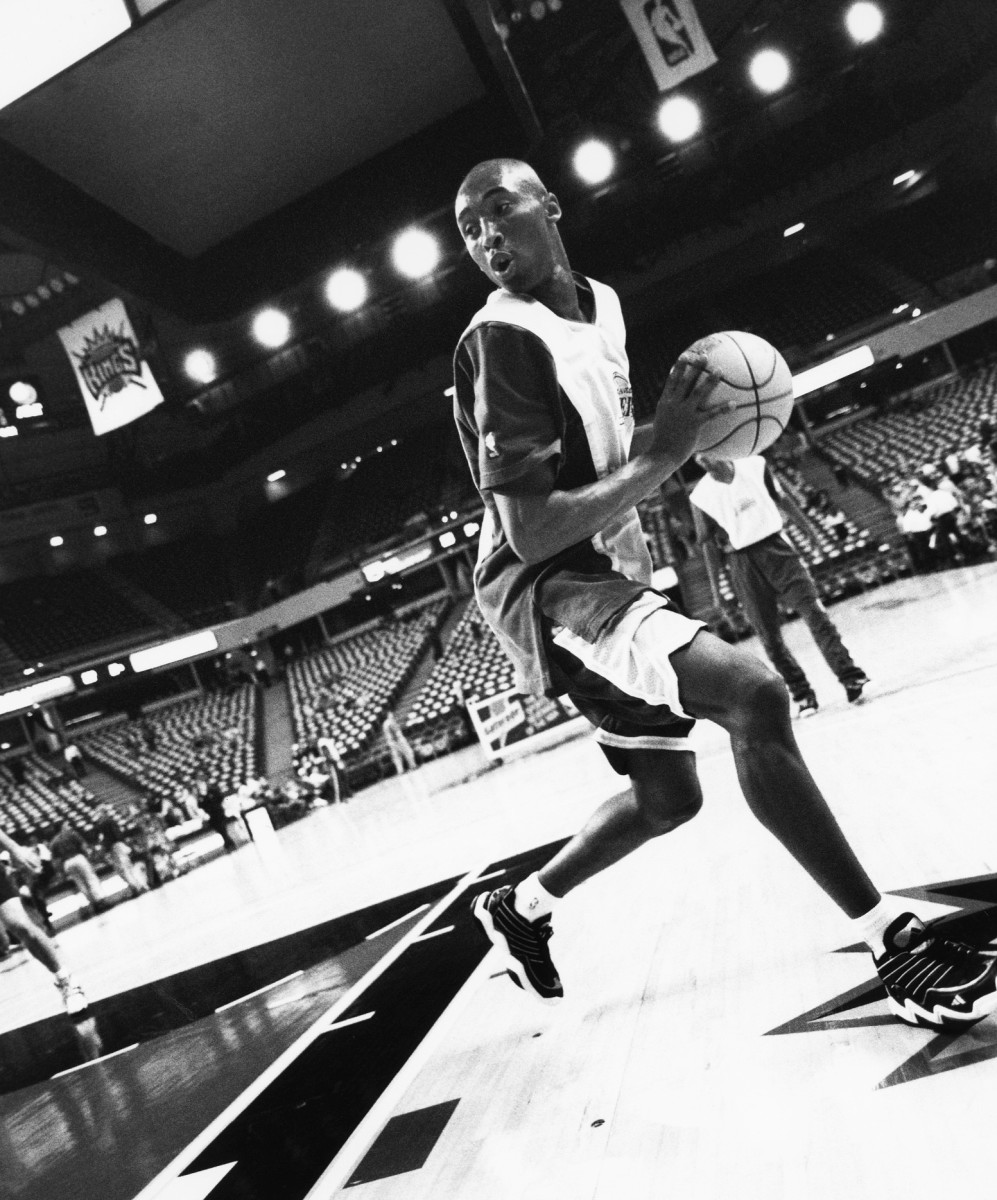
When it came to basketball, I had no fear.
What I mean by that is: if I wanted to implement something new into my game, I’d see it and try incorporating it immediately. I wasn’t scared of missing, looking bad, or being embarrassed. That’s because I always kept the end result, the long game, in my mind. I always focused on the fact that I had to try something to get it, and once I got it, I’d have another tool in my arsenal. If the price was a lot of work and a few missed shots, I was OK with that.
As a kid, I would work tirelessly on adding elements to my game. I would see something I liked in person or on film, go practice it immediately, practice it more the next day, and then go out and use it. By the time I reached the league, I had a short learning curve. I could see something, download it, and have it down pat. From the beginning, I wanted to be the best. I had a constant craving, a yearning, to improve and be the best. I never needed any external forces to motivate me.
During my rookie year, at first, some scouting reports said I wasn’t tough. The first time I went to the basket in games, I’d get hit and the defense would think they had me. I’d come back the very next play and pick up an offensive foul just to send them a message. I didn’t need that extra push to be great, though. From day one, I wanted to dominate. My mindset was: I’m going to figure you out. Whether it was AI, Tracy, Vince—or, if I were coming up today, LeBron, Russ, Steph—my goal was to figure you out. And to do that, to figure those puzzles out, I was willing to do way more than anyone else. That was the fun part for me.
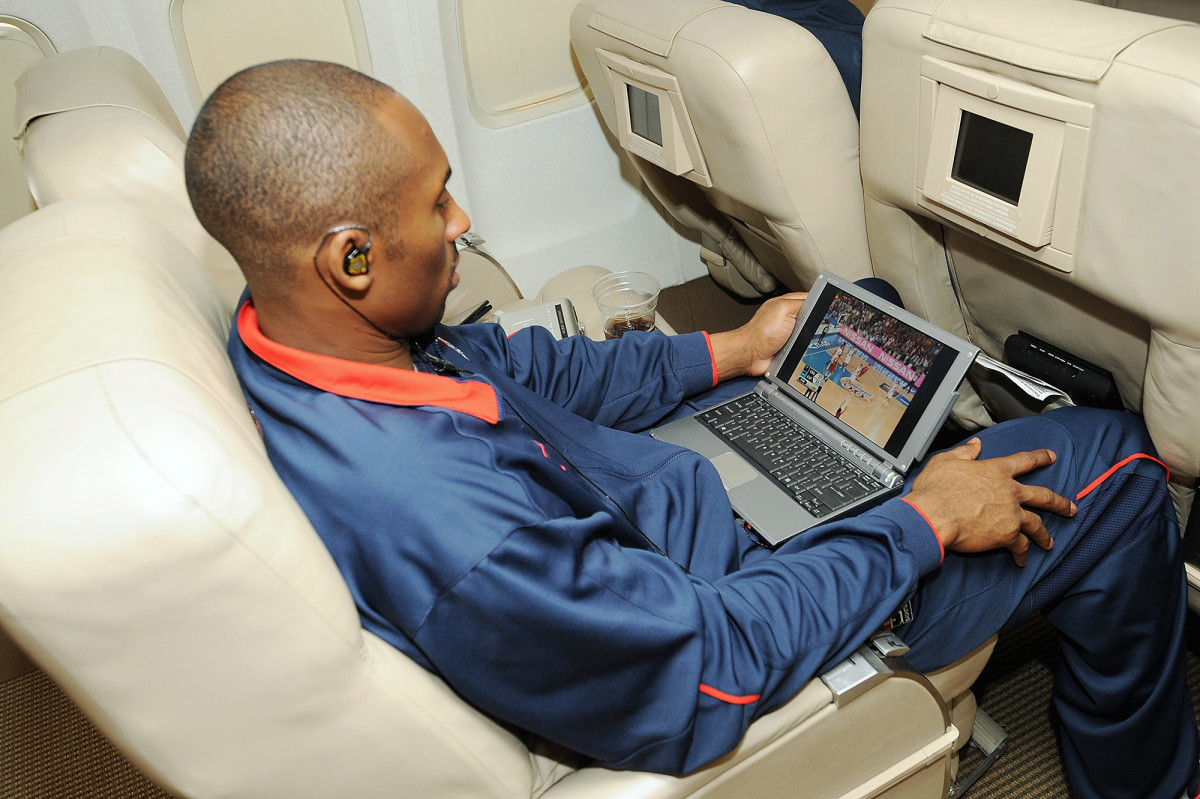
Film study is all about detail. From a young age—a very young age—I devoured film and watched everything I could get my hands on. It was always fun to me. Some people, after all, enjoy looking at a watch; others are happier figuring out how the watch works.
It was always fun to watch, study, and ask the most important question: Why?
The biggest element that changed over time, however, was I went from watching what was there to watching for what was missing and should have been there. I went from watching what happened to what could have and should have happened. Film study eventually became imagining alternatives, counters, options, in addition to the finite details of why some actions work and others don’t work.
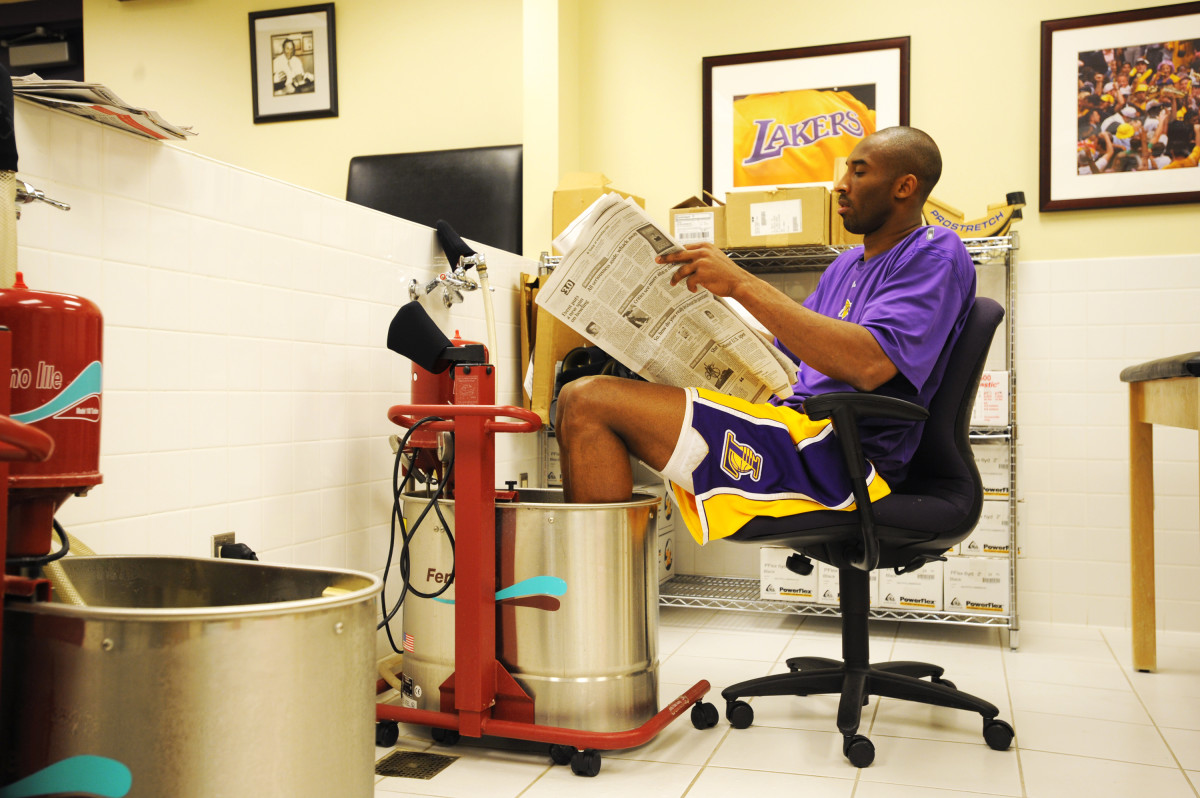
The only way I was able to pick up details on the court, to be aware of the minutiae on the hardwood, was by training my mind to do that off the court and focusing on every detail in my daily life. By reading, by paying attention in class and in practice, by working, I strengthened my focus. By doing all of that, I strengthened my ability to be present and not have a wandering mind.
Just as important as reading was cultivating relationships with the greats who’d come before me. As evidence of this, look at my retirement ceremony and who was there. That will tell you how I managed to get my jerseys up there. You had Bill Russell, Kareem Abdul-Jabbar, Magic Johnson, Jerry West, James Worthy. Those guys taught me the lessons that gave me an edge over my competition. That’s why I think it’s so important to have those mentors, those north stars, who you learn from and look up to.
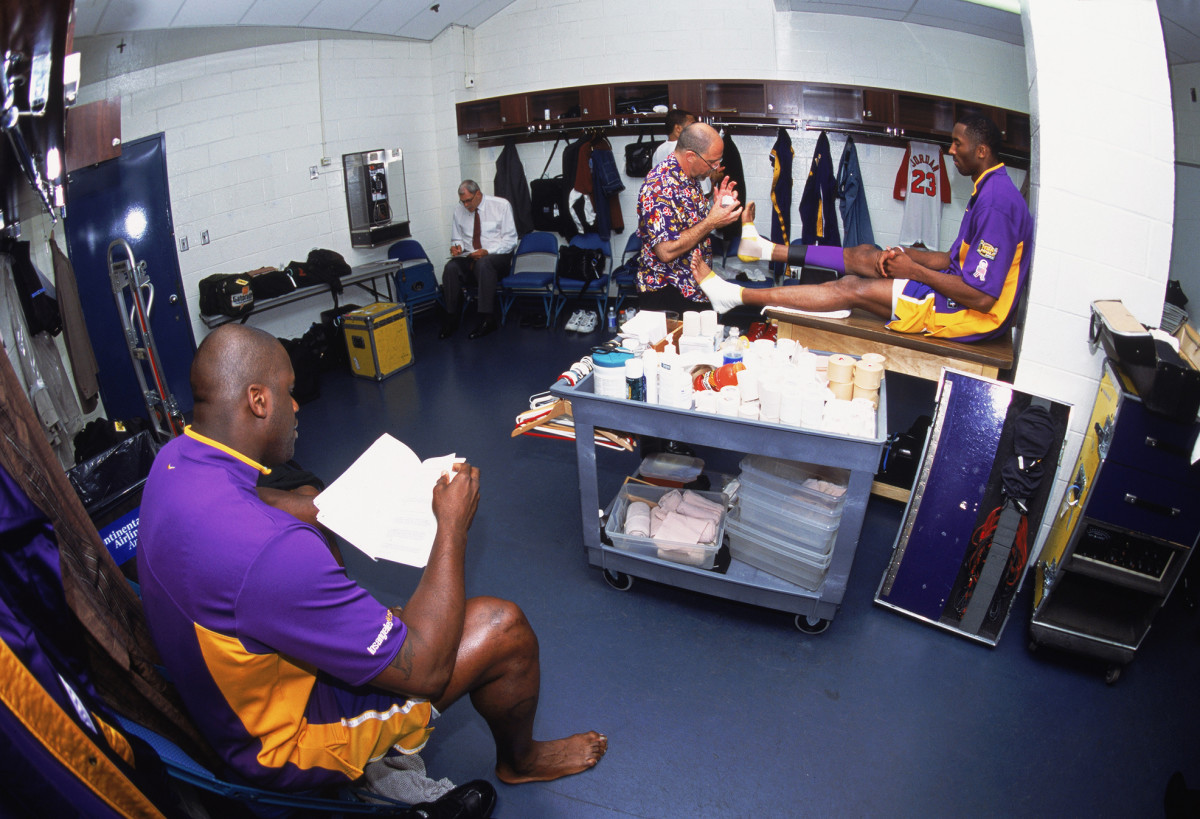
When Shaq and I played together, generally, we’d get taped at the same time. That would give us an opportunity to joke and goof around or to talk crap. For Shaq and me, as anchors of the team, this would help get us up and ready for the game.
More than that, this would set the tone for the team. The energy of the club is all sitting right there. This was our moment to smile and laugh. As the game drew closer, we got serious. That dichotomy, that changing of airs, was important for our teammates to see and understand.
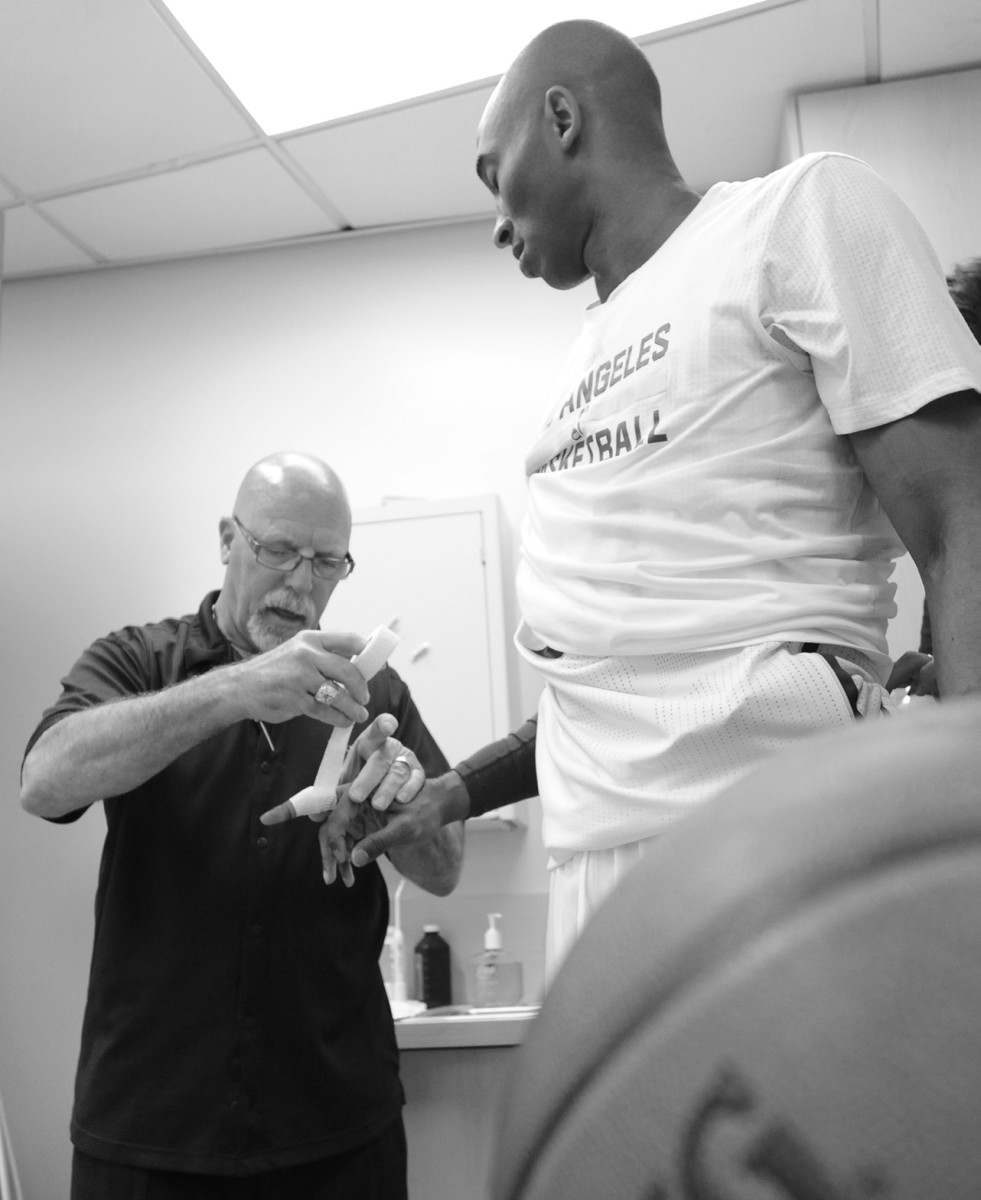
First of all, Gary was an Italian craftsman with tape. He just made art out of tape jobs. You can tell when people love what they do, and he loved his craft. No matter where the tape was going—finger, ankle—he made it look beautiful. If the tape had bubbles or bumps, Gary would unwrap it and start again. Everything had to be smooth, had to be perfect. He was a master, and I gave him a lot of opportunities to practice.
He’s not the only trainer who was vital to my well-being. Judy Seto (see previous page) was critical, as was my neuromuscular therapist, Barrence Baytos. I had a great team of people around me. They were obsessive about their own crafts, which made it easy for me to trust them. Once I trusted them, I listened to my body, and it told me they were doing good work. I felt better, stronger, and more prepared when I worked with them.
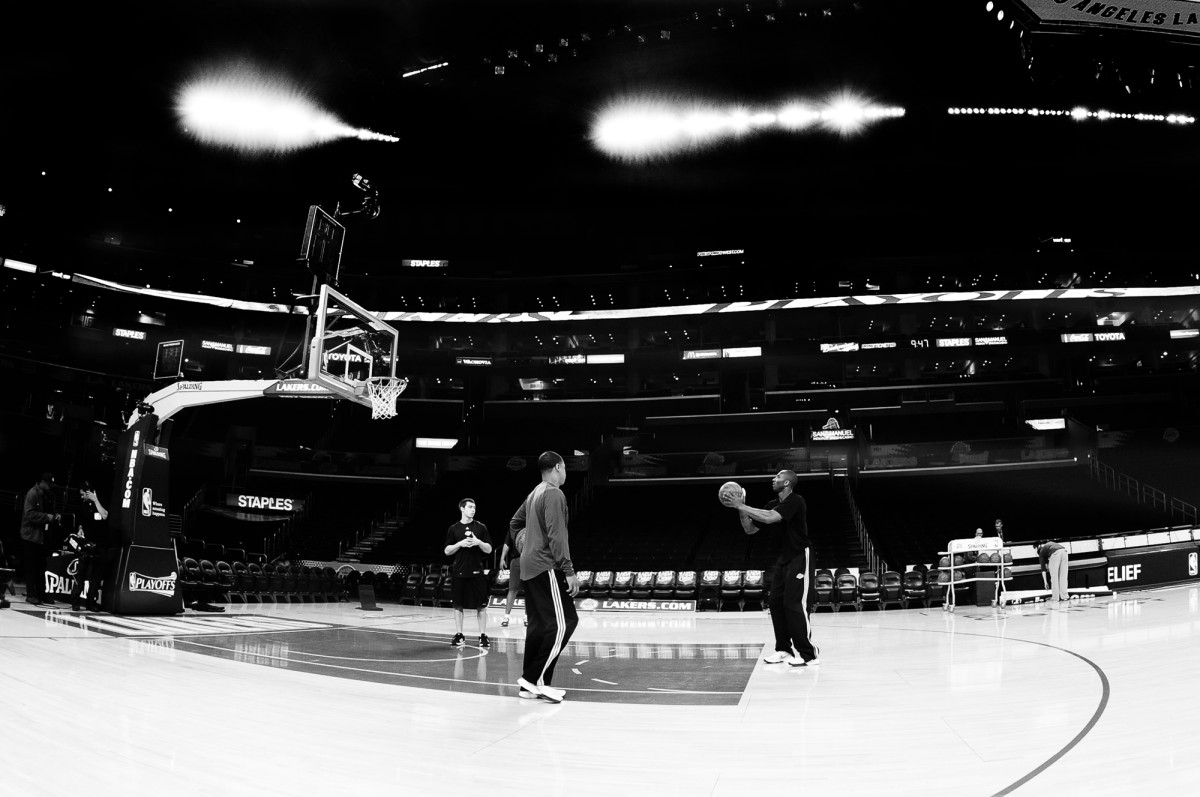
I always liked the peace and calm of the arena before everyone else got there. It’s just me and the basket, the court and my imagination, dreams. There’s something about being in a big arena when no one else is there. It gives me a sense of nirvana and also prepares me for the game. When I jogged out of the tunnel and the fans were screaming and it’s loud, the noise didn’t impact me. Mentally, I was able to remember the stillness of the earlier moment and carry that with me.
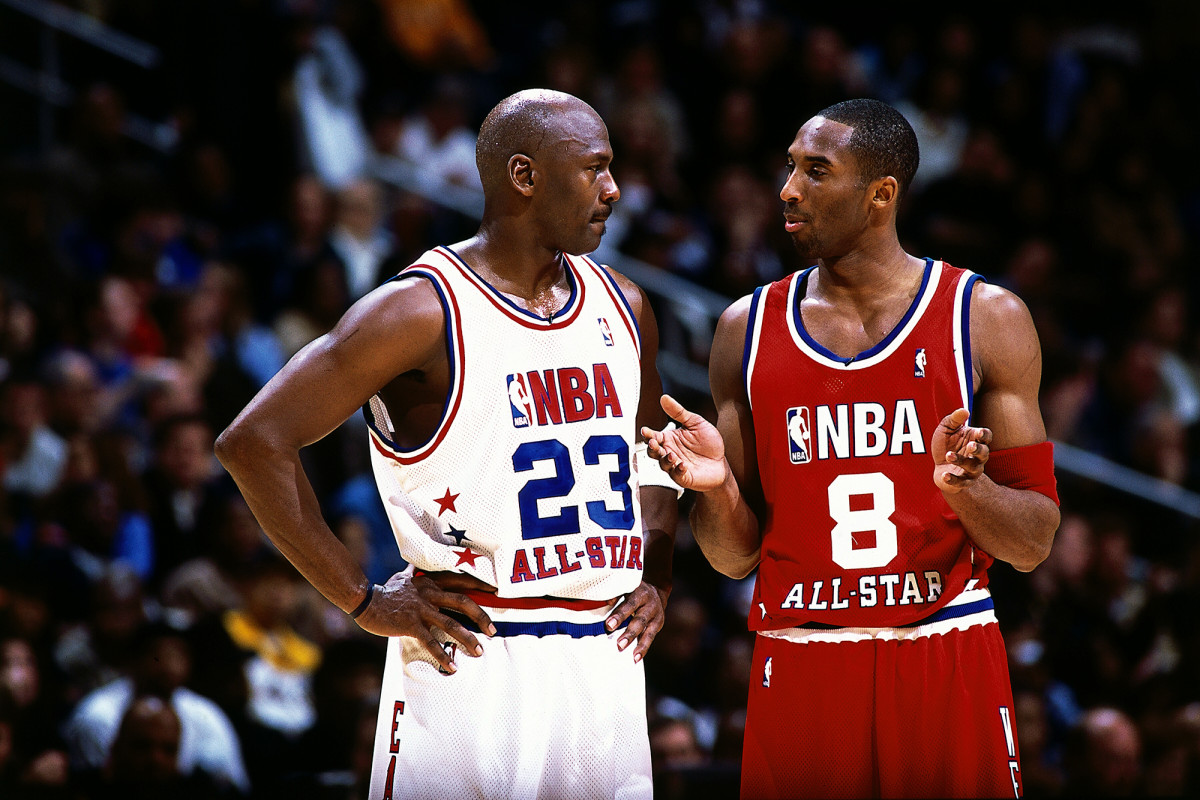
I asked a ton of questions.
I was curious. I wanted to improve, learn, and fill my head with the history of the game. No matter who I was with—a coach, hall of famer, teammate—and no matter the situation—game, practice, vacation—I would fire away with question after question.
A lot of people appreciated my curiosity and passion. They appreciated that I wasn ’t just asking to ask, I was genuinely thirsty to hear their answers and glean new info. Some people, meanwhile, were less understanding and gracious. That was fine with me. My approach always was that I’d rather risk embarrassment now than be embarrassed later, when I’ve won zero titles.
